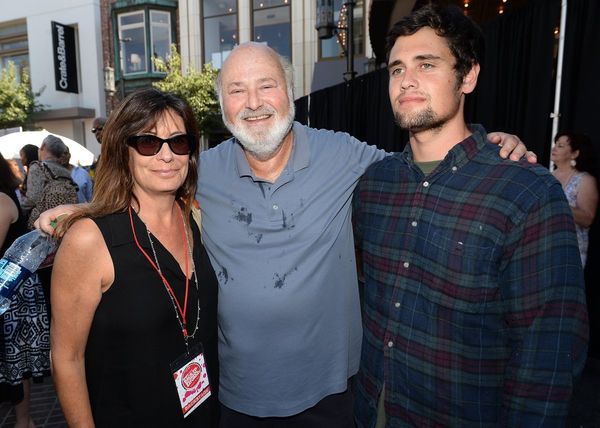A "VERY rare” love triangle involving three ospreys is being captured on a livestream camera for what is thought to be a world first.
The trio of birds – one male and two female – are sharing a nest together in the Tweed Valley in the Scottish Borders.
The male has mated with both females, a form of polygamy known as polygyny, and they have laid four eggs between them.
They are said to be getting along with each other all right so far apart from tension over fish deliveries from the male which both females, one named Mrs O, want to grab.
Viewers can watch the domestic saga playing out on a livestream camera set up by Forestry and Land Scotland (FLS) as part of the Tweed Valley Osprey Project.

“The only tension witnessed so far has been on the arrival of a fish delivery from the male as the two females both make a grab it.
“Mrs O usually wins the fish and flies off to feed but has been seen to return with a portion remaining and letting the other female have it.
“This nest behaviour with all the birds in the same nest is very rare and as far as we know it is the first time this has ever been on a livestream camera with most other research involving such a set-up previously conducted though distant observation.
“Getting to watch this saga close up as the season unfolds is exciting both for the drama but also for the important research insights it will allow.”
Mrs O has nested at the site before and has been joined by a new female and young male this year.
FLS said the identity and background of the new arrivals is not clear.
Although they both have British Trust for Ornithology (BTO) rings which provide information on survival and movements they do not have the coloured, alphanumeric Darvic rings that enable researchers to identify individual birds.
While Mrs O is also only fitted with a BTO ring she can be identified from her head markings as she has been returning to the site for several years.
The eggs are expected to hatch in the coming weeks.
The Tweed Valley Osprey Project was set up in 1998 to help to establish a breeding population of ospreys in the Scottish Borders.







